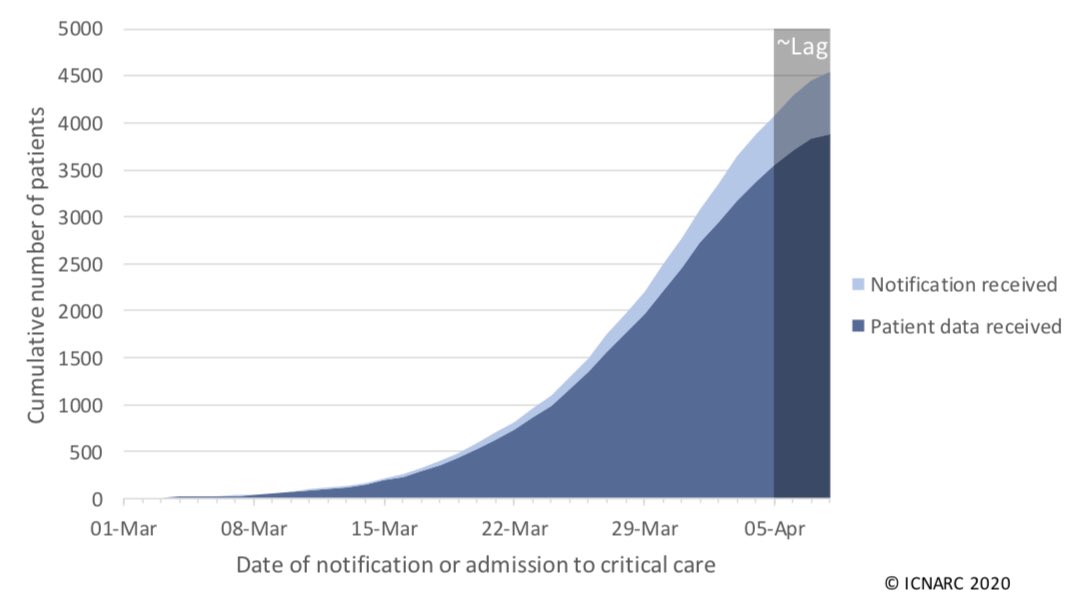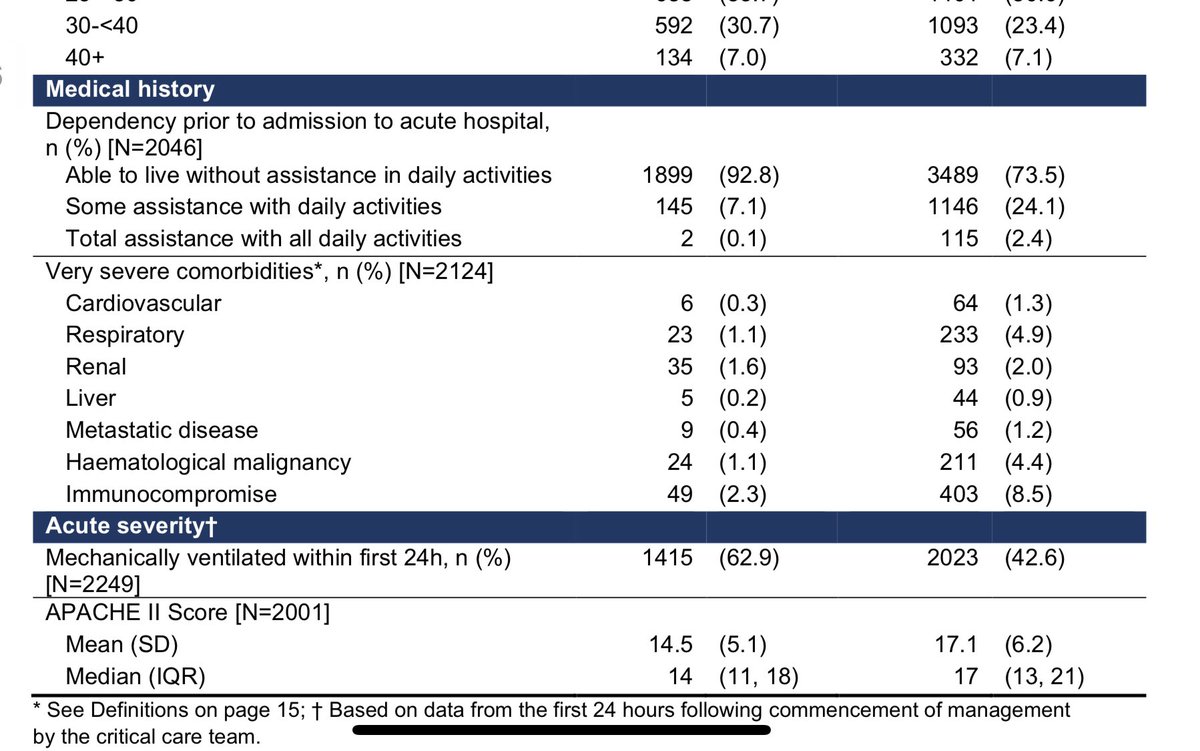When I dug through this report two weeks ago to examine whether COVID-19 patients were really “at death’s door” (see article), I didn’t expect it to become a regular weekend fixture.
They are compelling though, so let’s take a look. /1
I’m doing this plain-English summary on behalf of @ICS_updates and @COVID19actuary. In truth though the report is well written and very accessible.
I’ll keep the tone light, but I know what these numbers represent. /2
Females are slightly more like to survive.
Those with severe comorbidities or needing assistance with daily activities also do less well (but numbers are very small). /11
Clearly, not all people who get sick make it to hospital. And not all hospital patients are admitted to ICU. /12
I’ll quote one of the intensivists who replied to me last week. /13
Thank you to the incredible @aroradrn for the suggestion provide these regular updates.
If you wish, you can support the intensive care community here. /14











